Insight, Strategy, Execution… Tailored for You.
At Blackbox Research, we offer a full suite of research, insight, and strategy solutions tailored to the needs of public institutions, businesses, and agency partners.
Our capabilities span the entire research lifecycle - from design and data collection to advanced analytics and stakeholder-ready content. Whether you're a policymaker shaping national policy, a brand launching a product, or an agency building a campaign, we deliver the intelligence that enables you to make decisions that matter.

Blackbox for
Business
Smarter, faster moves.
Backed by real intelligence.
We help business leaders move confidently—whether that’s entering new markets, launching products, improving customer experience, or transforming their workforce. Our regional expertise, agile delivery, and consulting-grade thinking set us apart from traditional research firms.
Our Specialist Sectors
Healthcare
•
FMCG
•
E-Commerce
•
Fintech
•
Financial Services
•
Insurance
•
Travel & Tourism
•
Education
•
Social Enterprise and Charity
•
Healthcare • FMCG • E-Commerce • Fintech • Financial Services • Insurance • Travel & Tourism • Education • Social Enterprise and Charity •


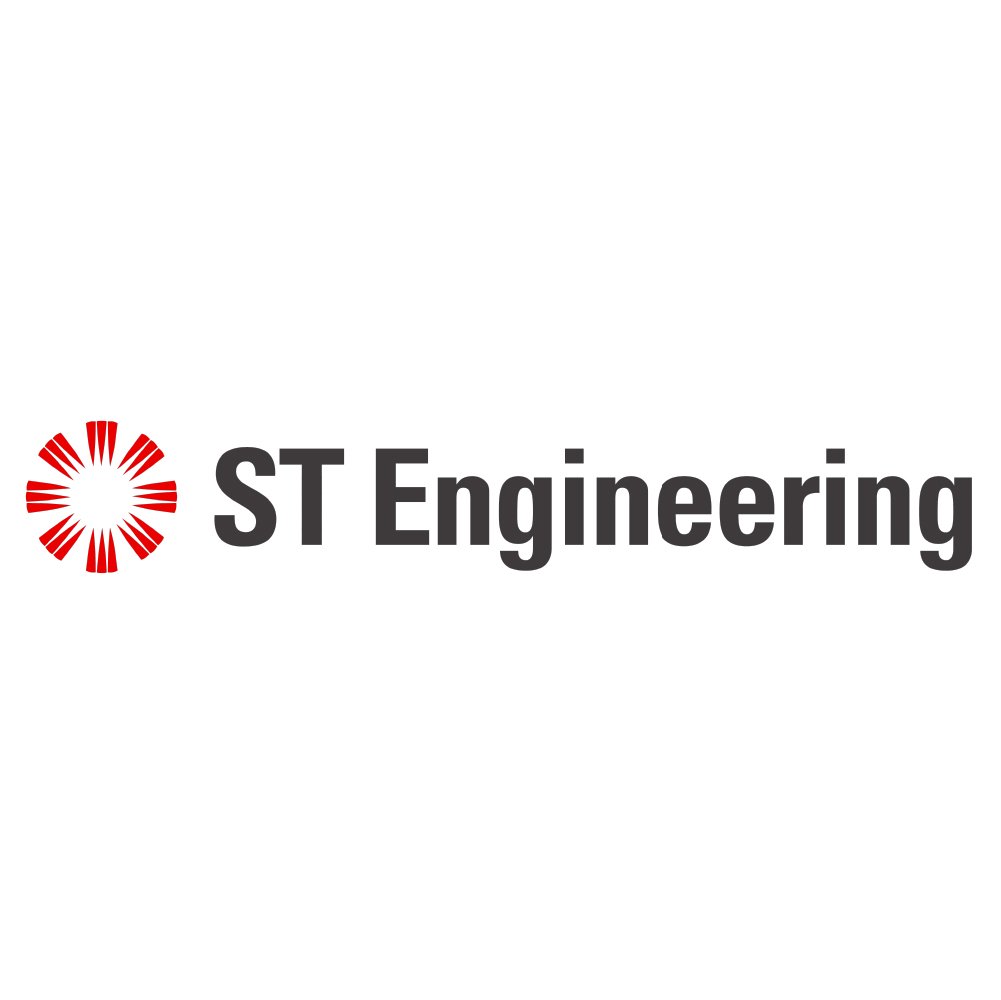



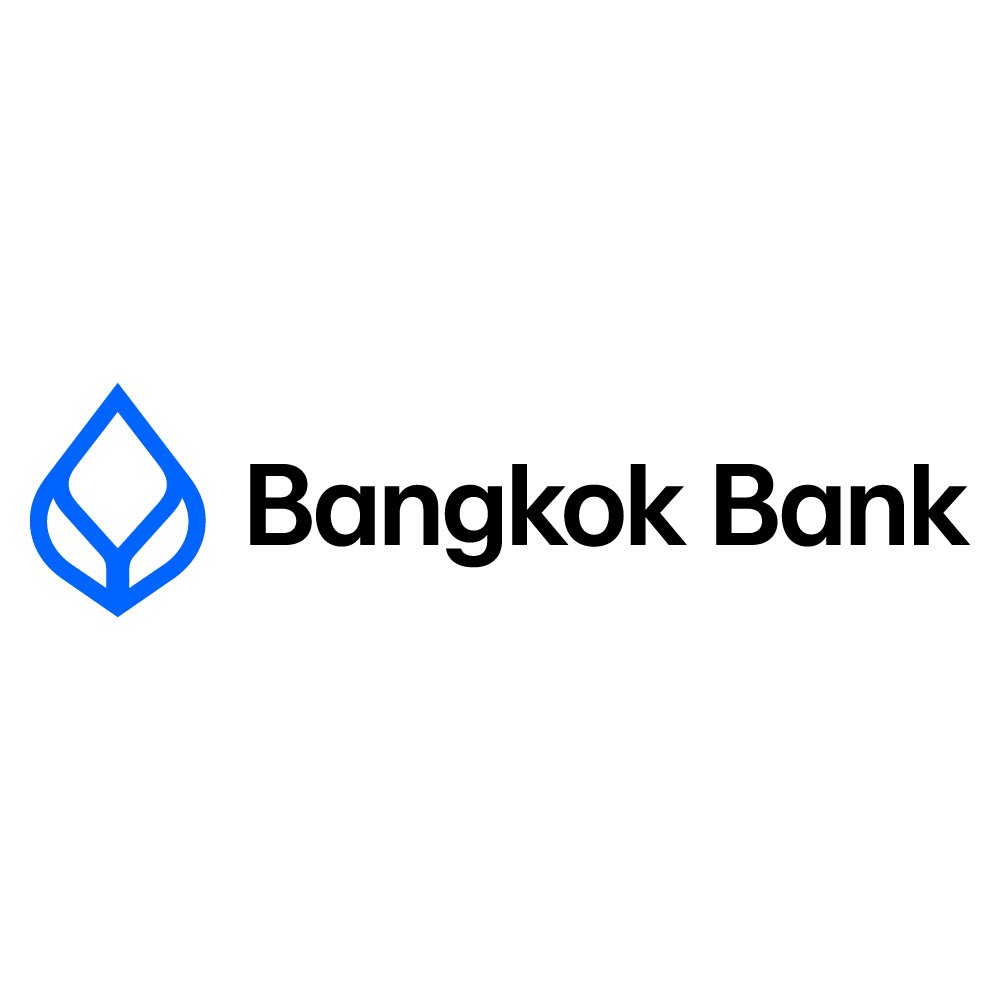



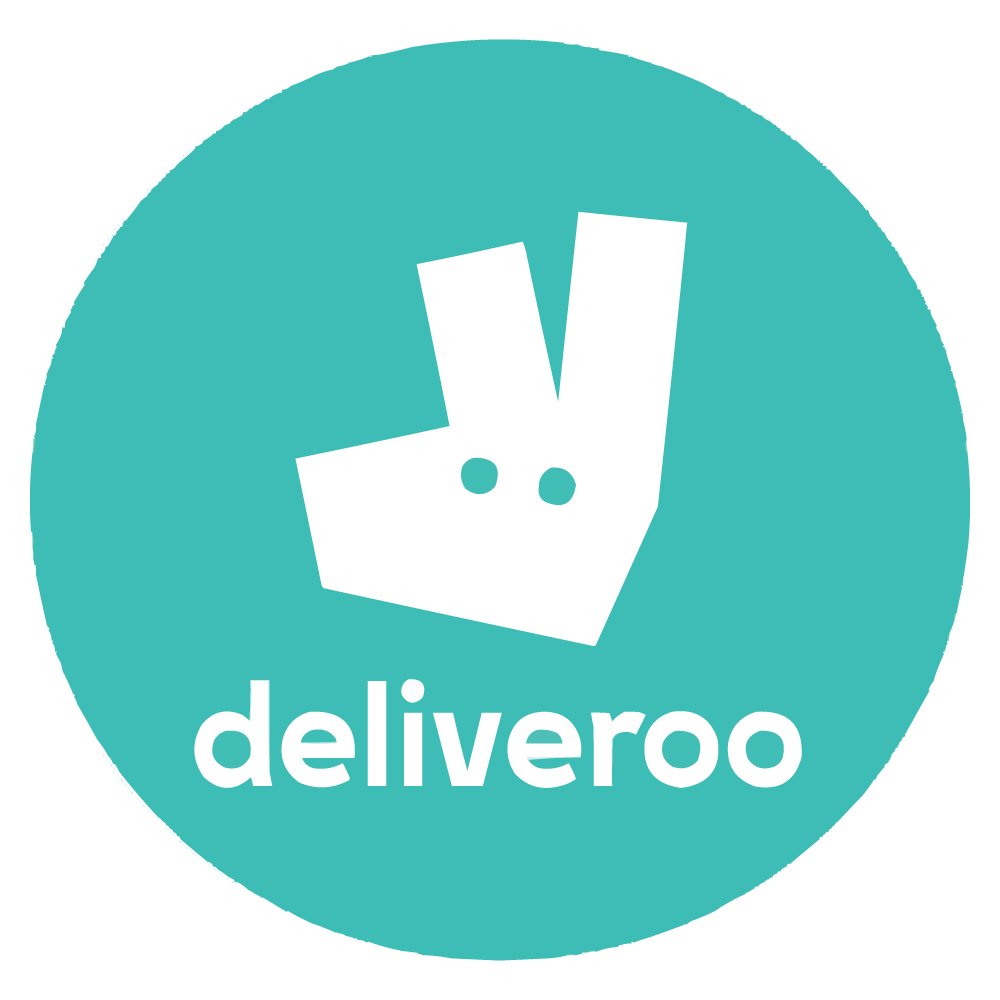

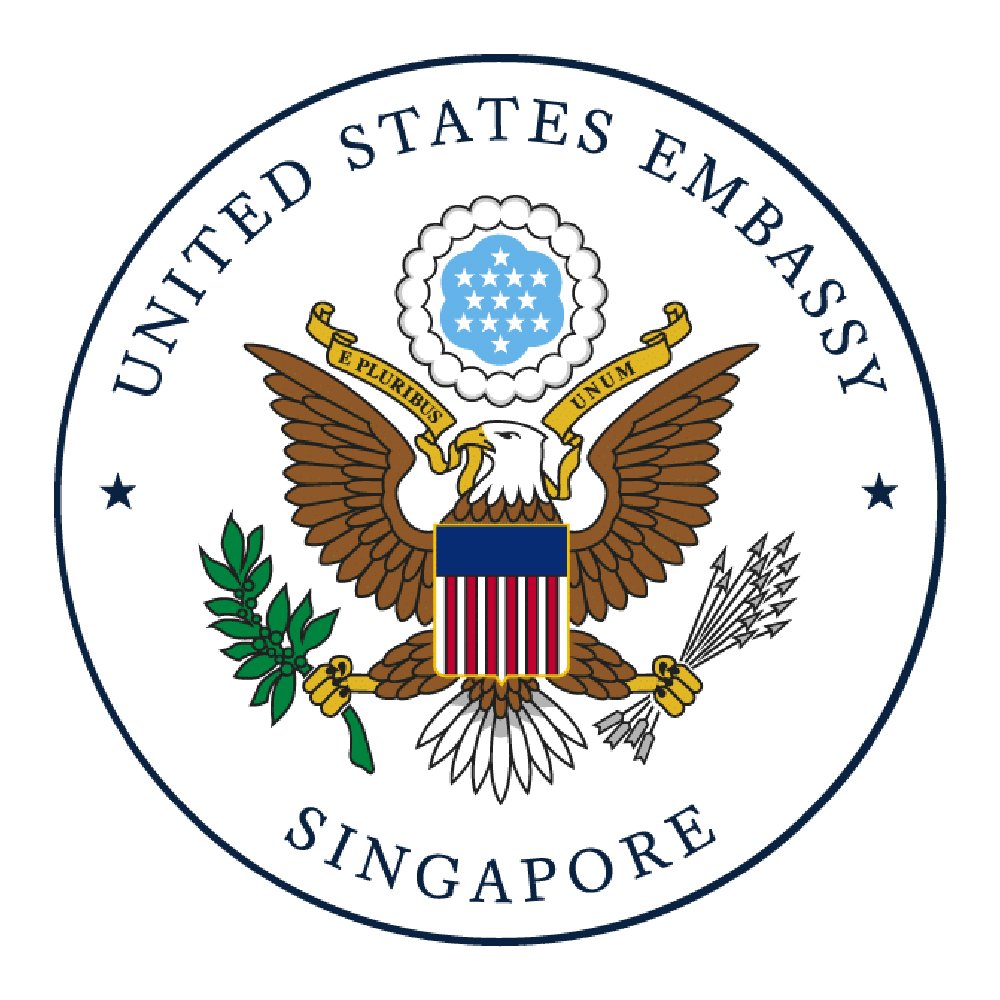


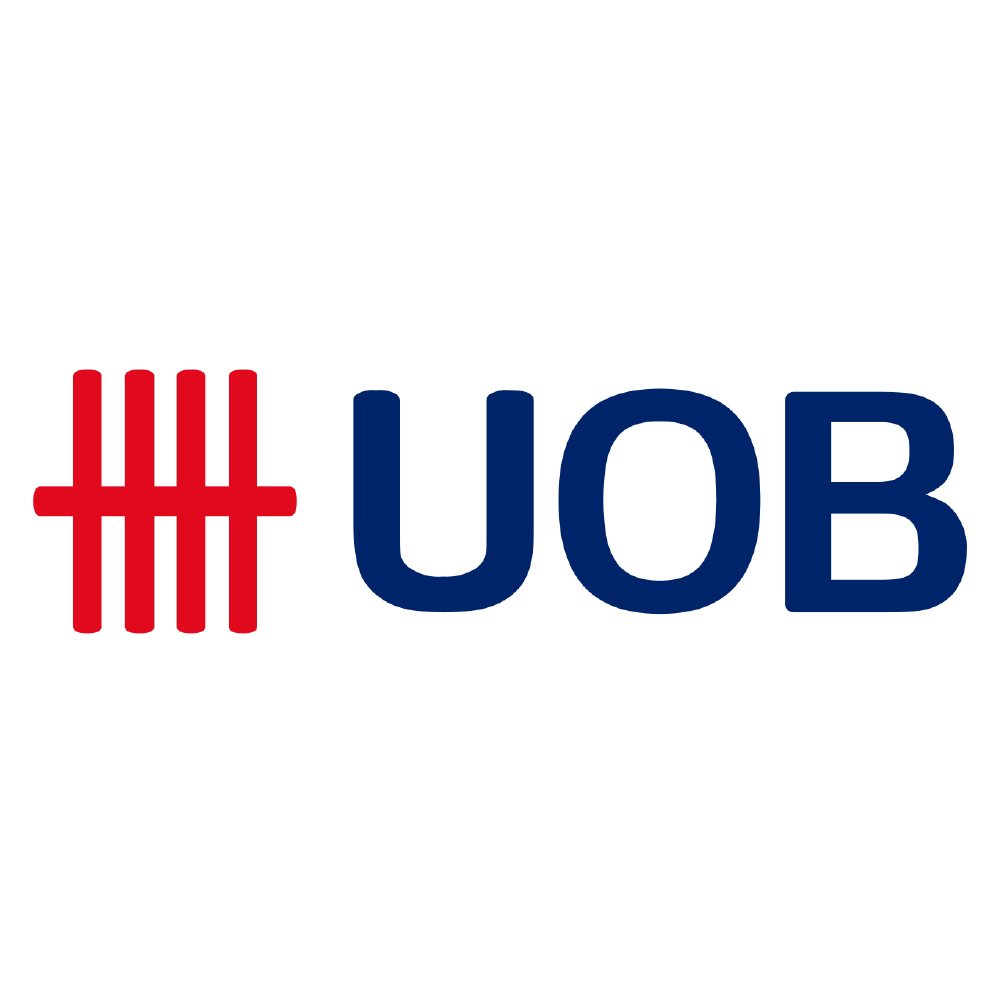

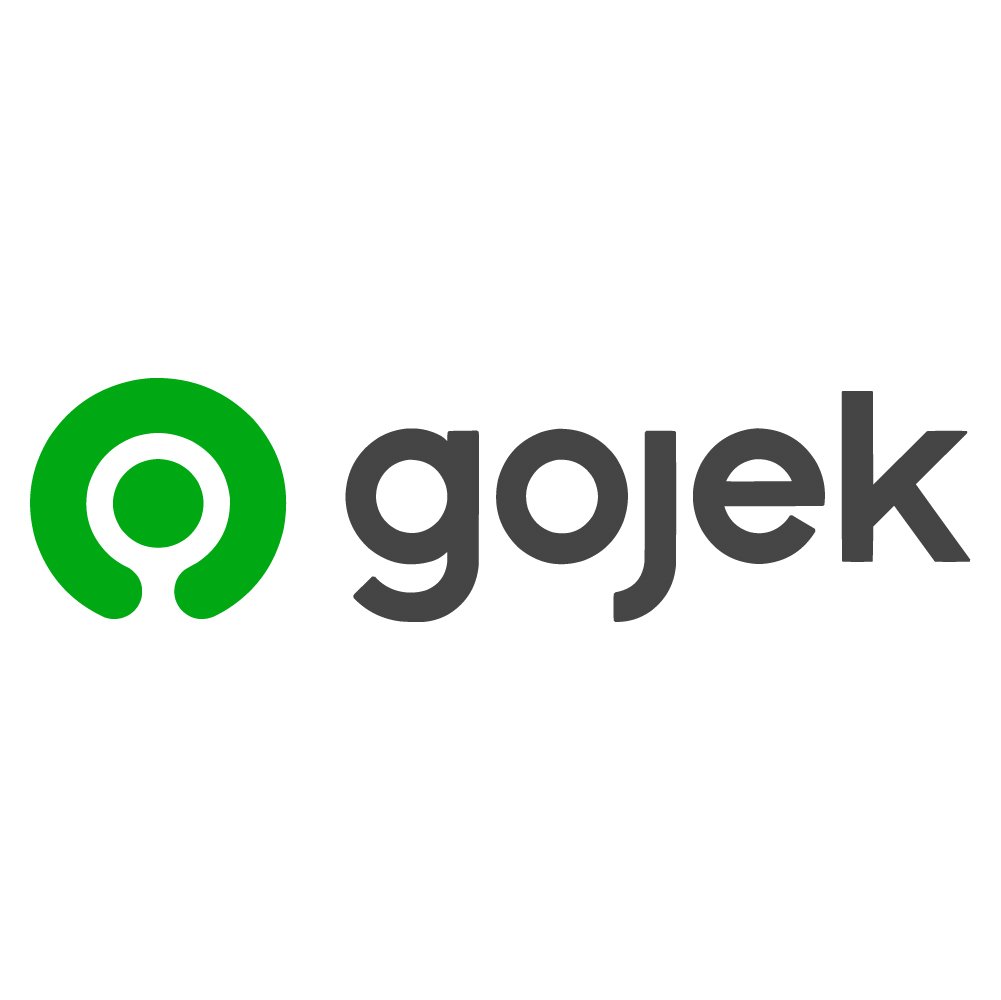


Our Insights Services for Brands
Brand Perception & Campaign Tracking (Blackbox BrandTrack)
In a fragmented attention economy, tracking brand health isn’t just about awareness—it’s about relevance, emotional resonance, and shareability. Blackbox BrandTrack is built for this reality. We go beyond legacy equity scores to track how your brand is truly performing: sentiment shifts, content engagement, dwell time, and even virality. Backed by real-time analytics and dynamic dashboards, we give you the tools to act—not just observe. Our approach allows you to monitor your brand’s pulse, understand what’s working, and refine strategy in the moment, not after the fact.
CX Studies & Customer Journey Mapping
We uncover what makes customers stay, switch, or disengage in today’s attention economy—mapping journeys across touchpoints to help you design more seamless, human-centred experiences. Our CX work gives you tactical clarity and strategic direction, from quick wins to long-term transformation.
Real-Time Decision Support
Markets shift fast. So should your insight. Our Dialogue platform and always-on tools allow you to pulse-check sentiment, test options in real time, and react with precision—perfect for campaign pivots, risk management, and rapid prototyping.
Product Innovation & Pricing Research
From early ideas to fine-tuned pricing models, we stress-test your product from every angle—using conjoint, TURF, pricing ladders, and behavioural diagnostics to make sure you're solving the right problem and capturing value.
Insights-to-Advocacy Content
We don’t just deliver data, we help you put it to work. From white papers to stakeholder briefs, our in-house content engine translates insights into powerful advocacy. Whether you’re calling for public opinion (G2C), advancing your sector’s agenda (B2G), or influencing policy outcomes, we craft the narratives that inform, persuade, and lead.
Employee Engagement & Organisational Insight
Your strategy is only as strong as the people executing it. We decipher employee sentiment, identify culture drivers, and surface hidden friction points. Our hybrid approach—mixing behavioural insight, deep listening, and stakeholder dialogue—helps leadership teams make smarter internal decisions and craft messaging that builds alignment and trust.
Market Segmentation & Persona Profiling
We build nuanced customer profiles based on behaviour, beliefs, and unmet needs—not just age and income. This helps you prioritise high-potential segments, personalise outreach, and invest with confidence.
Campaign Uplift & Brand Impact
Marketing spend only matters if it moves the needle. Our uplift studies isolate the real-world impact of your campaigns—quantifying what drove awareness, consideration, or conversion across channels. We apply controlled testing, brand lift analysis, and sentiment tracking to understand not just reach, but resonance. With Blackbox, you don’t just know that a campaign worked—you know why it worked, for whom, and how to do it better next time.
Creative & Content Testing
In an attention-scarce world, creative needs to land instantly. We test everything from campaign concepts to influencer videos using in-context simulations and sentiment analytics to predict performance. Our frameworks measure emotional impact, message clarity, recall, and engagement across channels—helping you de-risk campaigns before launch. From fast-turn testing to live A/Bs, we optimise creative to perform, not just look good.
Go-To-Market Testing & Opportunity Assessment
Entering a new market or launching a new product requires more than a good idea—it demands rapid, precise intelligence. Blackbox combines agile research with advanced digital tools to help you size the market, validate demand, assess competitors, and optimise your offer before launch. Our in-context testing, predictive analytics, and mobile-first feedback tools dramatically shorten time-to-insight, enabling first-mover advantage and reducing risk. In today’s market, that speed is strategy.
Strategy-Ready Deliverables
You won’t just get data—you’ll get insight that lands. We deliver C-suite-ready outputs that support strategy decks, investor briefs, and internal alignment, without the clutter or lag of traditional research reports.

Blackbox for
Agencies
Your dedicated insights engine…
…behind your
boldest ideas.
We work with consultancies, creative agencies, advertising agencies, and media teams to inject high-quality research into pitches, campaigns, and client strategy—seamlessly delivered, white-labeled when needed, and always built for action.
Research and Insight Services for Agencies and Consultancies.
Campaign Uplift & Brand Impact
We help agencies prove what worked. Our uplift and incrementality studies isolate the true impact of a campaign—quantifying lift in brand metrics and linking engagement to outcomes like purchase intent or conversion. We support media and creative agencies with channel-level attribution, pre/post benchmarking, and narrative that demonstrates ROI with credibility.
Creative & Content Testing
Don’t gamble on creative. We use rapid pre-testing to help agencies optimise scripts, visuals, taglines, and influencer content—before they hit the market. Our mix of qual and quant testing captures real-time emotional response, recall, and attention across platforms. Whether embedded in a pitch or used to guide production, our creative testing adds rigour to your instinct.
Audience & Stakeholder Insights
From youth segments to niche decision-makers, we help you reach and understand the audiences that matter most to your client’s strategy.
Seamless Collaboration & Reporting
Our team integrates into yours with shared dashboards, flexible workflows, and agile reporting tools that keep everyone in sync—on message and on time.
Insights-for-Advocacy
Need the insights to back your strategy? We work behind the scenes with agencies to transform research findings into sharp, stakeholder-ready content — from white papers and messaging frameworks to public consultation papers and industry advocacy decks. Whether it’s G2C, B2G, or sector-wide influence, we help you build the case with data that persuades and content that performs.
Research Integration into Campaigns & Pitches
We work behind the scenes to strengthen your pitch with evidence, sharpen campaign strategy, and de-risk creative development with real-world feedback.
Embedded or Modular Support
Need full research execution or just one piece? We slot in wherever needed—whether it’s recruiting participants, running analytics, or building client-facing decks.
Visual & Narrative Content for Client Delivery
From white papers to pitch-ready insights summaries, we build research outputs that elevate your delivery—and match your brand or the client’s. White-labeled or co-branded, always polished.
Qualitative & Quantitative Research
We provide robust, custom-built research using methods that match your creative goals—focus groups, surveys, message testing, A/B reactions and more—all grounded in local context.

Blackbox for
Government
Real citizen intelligence
For decisions
that matter.
We partner with public institutions to make policy more responsive, stakeholder engagement more inclusive, and governance more trusted. Our tools help agencies stay ahead of public sentiment, align internally, and drive impact where it matters most. Whether you're designing interventions, managing trust, or refining communication, we bring research-grade rigour and real-world urgency to every challenge.
Our Specialist Domains
Healthcare Policy
•
Education & Skills Development
•
Digital Government & Smart Nation
•
Transport & Mobility
•
Social & Welfare Policy
•
Sustainability & Climate Readiness
•
Public Health & Crisis Response
•
Political Strategy & Electoral Insight
•
Labour & Workforce Transformation
Healthcare Policy • Education & Skills Development • Digital Government & Smart Nation • Transport & Mobility • Social & Welfare Policy • Sustainability & Climate Readiness • Public Health & Crisis Response • Political Strategy & Electoral Insight • Labour & Workforce Transformation
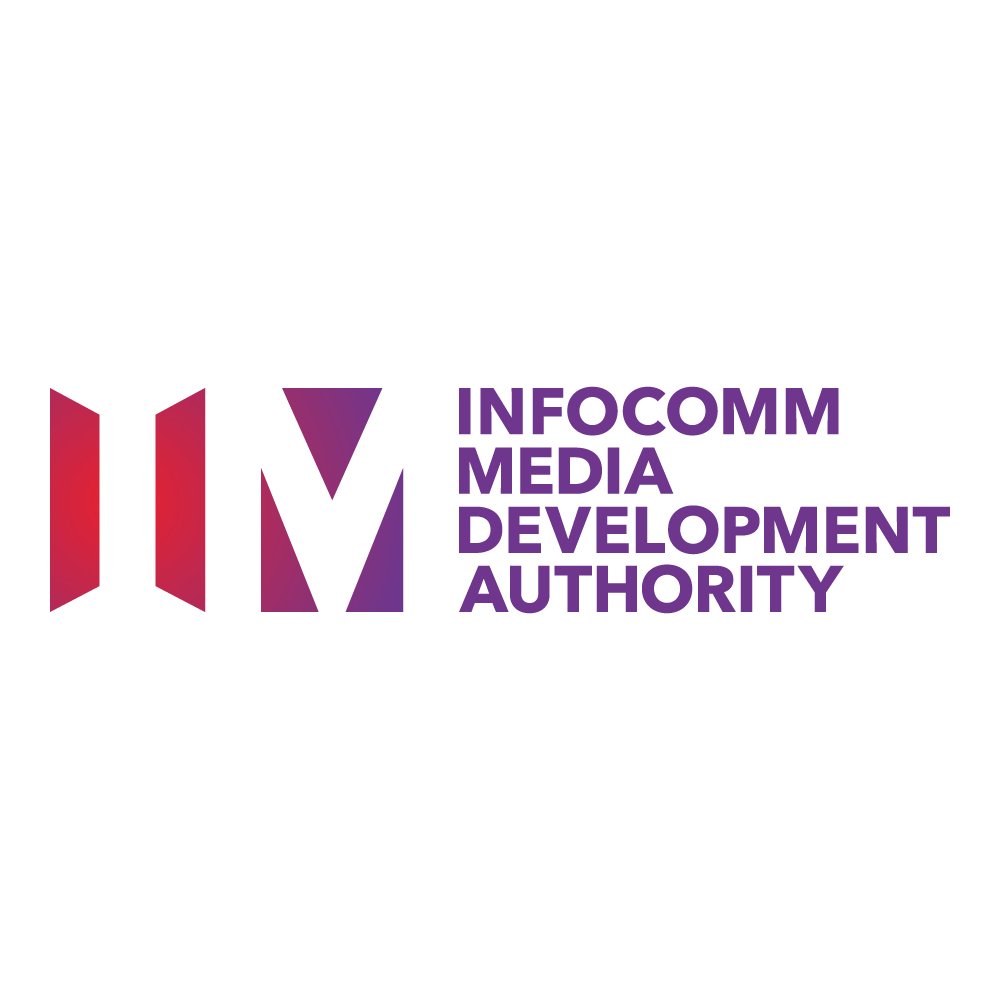
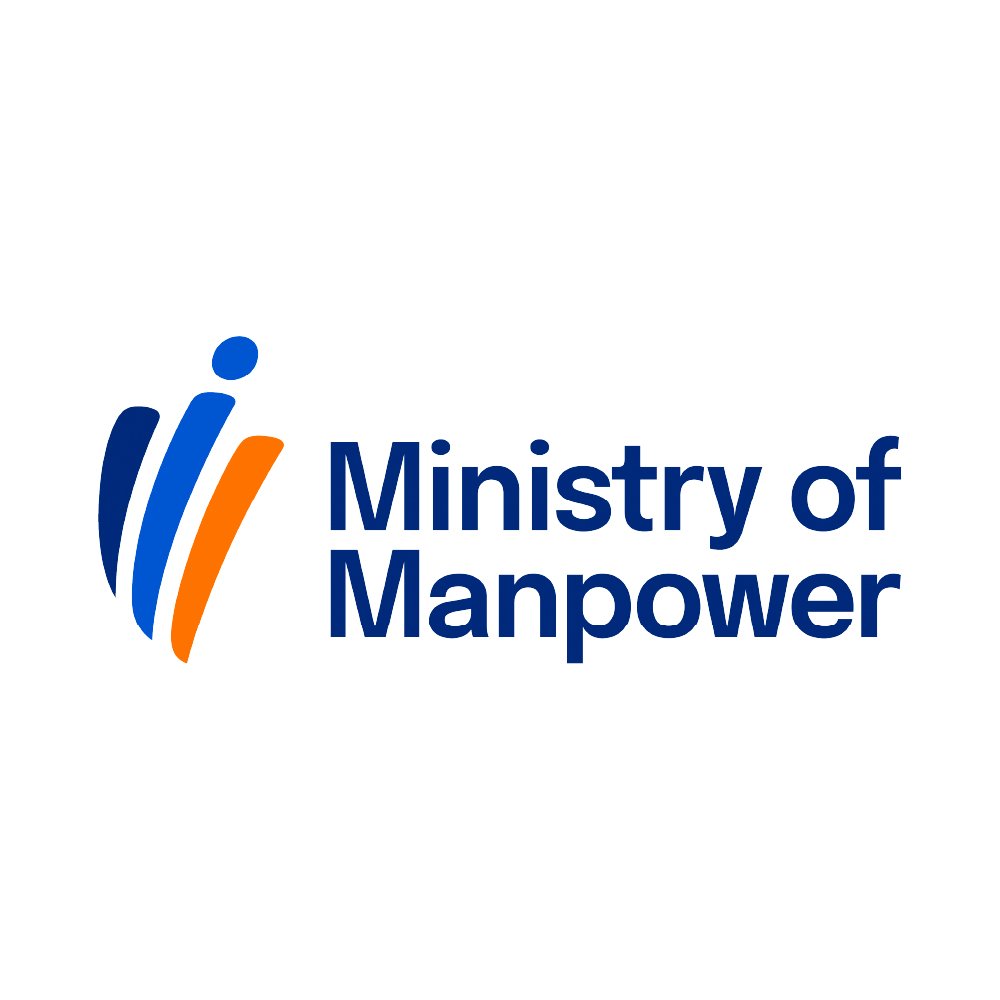




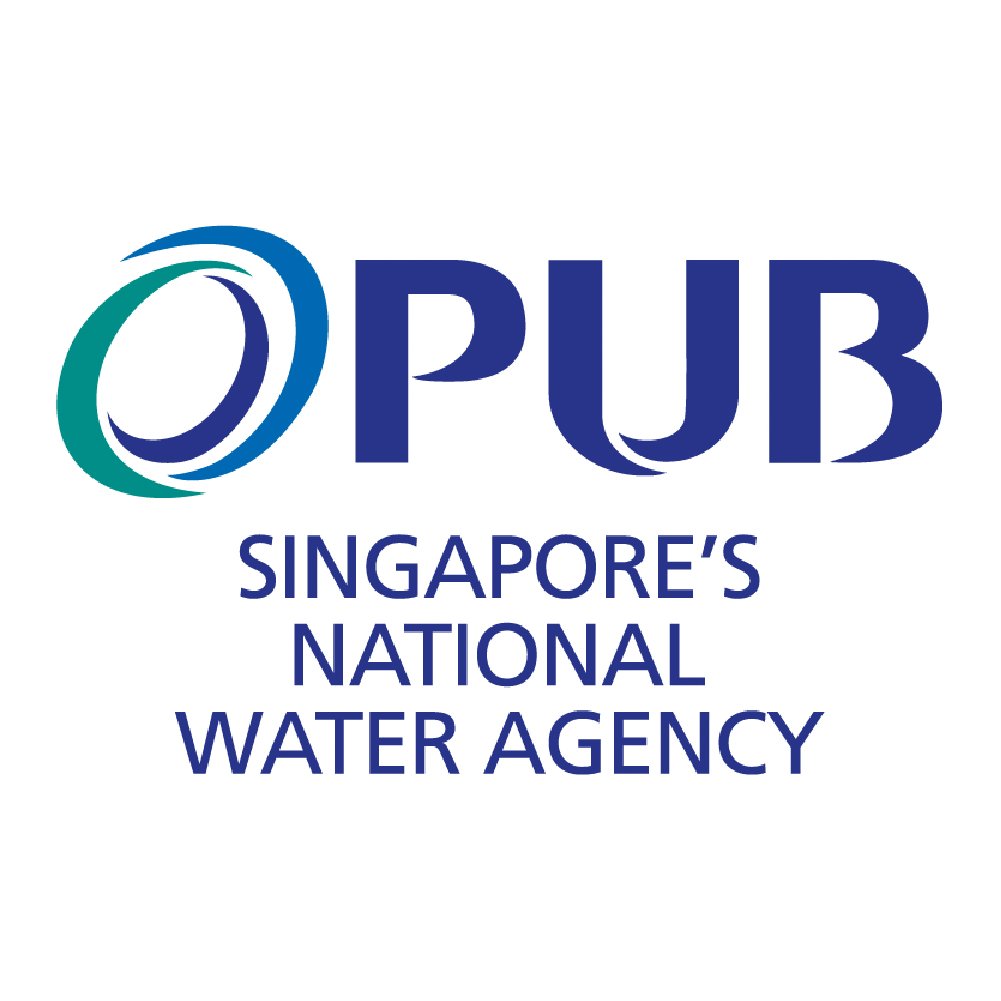








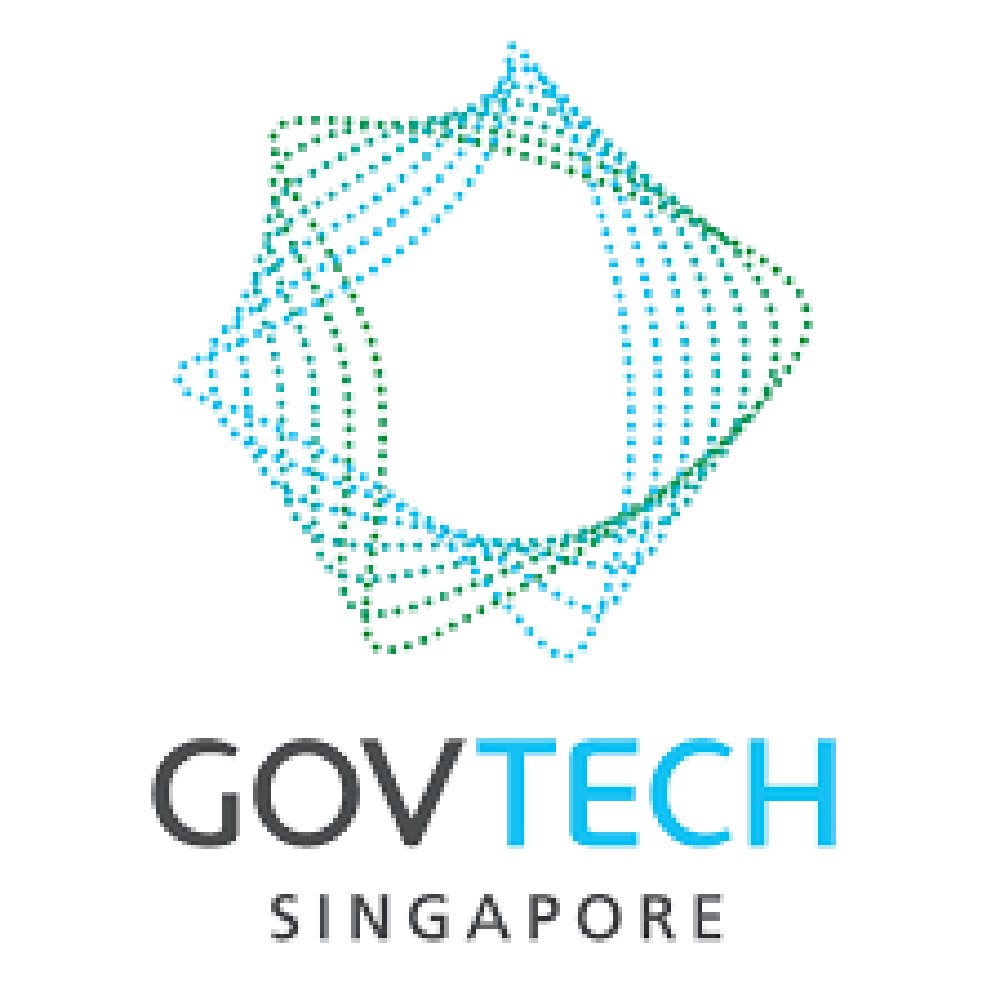






Our Research and Insight Services
for Policymakers.
Public Sentiment & Community Tracking
Public expectations shift fast—especially in times of uncertainty. We give governments a continuous read on how communities are thinking and feeling, using always-on platforms, recurring surveys, and thematic deep dives. Our insights capture trust levels, policy reception, national mood, and emerging concerns—helping leaders act with foresight, not hindsight. Whether you need a quarterly tracker or rapid-response polling, we deliver real citizen intelligence you can count on.
Policy Design & Impact Evaluation
Policies only succeed if they solve real problems and deliver real outcomes. We support the full policy lifecycle—from early-stage scoping and testing to post-implementation analysis. Our mixed-method frameworks combine quantitative evidence with citizen narratives to assess effectiveness, surface unintended consequences, and identify opportunities for refinement. This isn’t just evaluation. It’s policymaking with the lights on.
Stakeholder Alignment & Consultation
Great policies need broad support. We facilitate structured consultation with key stakeholders—across ministries, agencies, NGOs, and communities—to surface competing views, build consensus, and ensure shared ownership. Our approach combines strategic facilitation, anonymised feedback channels, and stakeholder mapping to help governments move from intention to alignment.
Political Polling & Campaign Strategy
When the political stakes are high, guesswork won’t do. We provide independent, statistically sound polling that measures leadership perception, policy resonance, and electoral dynamics. We also support political offices and comms teams with sentiment tracking and audience segmentation that inform both governance and campaign strategy—especially when trust and timing are critical.
Stakeholder Alignment & Consultation
Great policies need broad support. We facilitate structured consultation with key stakeholders—across ministries, agencies, NGOs, and communities—to surface competing views, build consensus, and ensure shared ownership. Our approach combines strategic facilitation, anonymised feedback channels, and stakeholder mapping to help governments move from intention to alignment.
Behavioural & Regulatory Research
Regulations shape how people act—but only if they reflect how people really behave. We apply behavioural science, qualitative research, and field experiments to understand motivations, barriers, and workarounds. Whether you're designing a compliance regime, nudging uptake, or reducing friction, our insights help make rules smarter and more human.



